Convention - Los Angeles Comic-Con 2025 : Lucas Museum of Narrative Art Unveiled by Robert Rodriguez, Frank Miller, Kadir Nelson, and Jessica Alba
By Mulder, Los Angeles, Convention Center, 27 september 2025
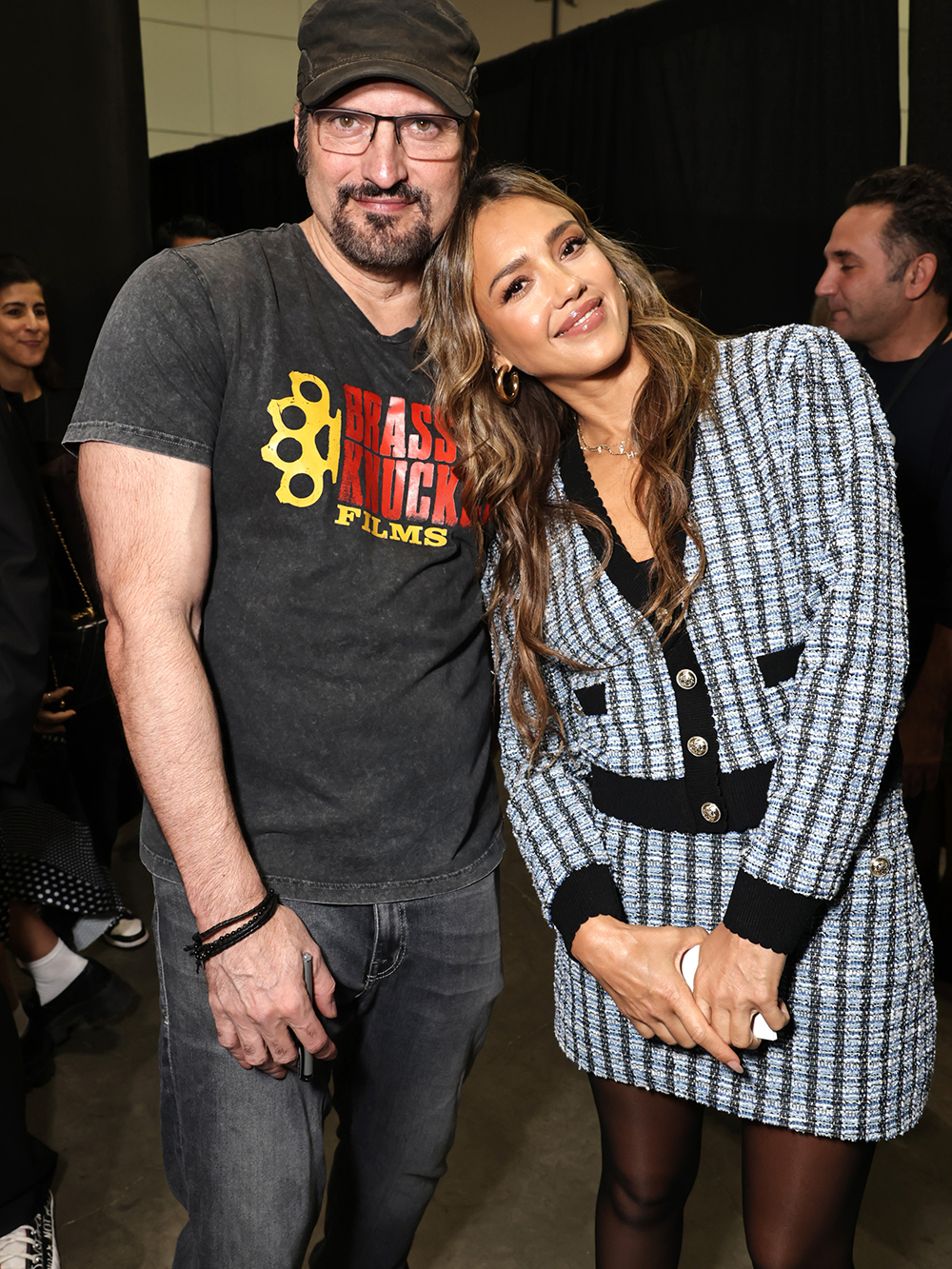
The Lucas Museum of Narrative Art took center stage at Los Angeles Comic-Con on Saturday, September 27, offering fans an intimate first look at what promises to be one of the most ambitious cultural institutions in the world. The panel brought together an eclectic group of creative heavyweights: filmmaker Robert Rodriguez, comic book visionary Frank Miller, painter and author Kadir Nelson, and moderator Jessica Alba, who brought her own dual experience as actress, producer, and entrepreneur. The dynamic energy of the panel matched the significance of the subject—a museum that seeks to honor and elevate what co-founders George Lucas and Mellody Hobson call the people’s art.
The preview included a video presentation featuring renderings of the futuristic building, sneak peeks at pieces from the museum’s collection, and an intimate pre-recorded interview with its founders. Set to open in 2026, the museum is designed by Ma Yansong of MAD Architects, with landscaping by Mia Lehrer of Studio-MLA and Stantec as executive architect. Its 11-acre Exposition Park campus will feature sprawling green spaces, two theaters, galleries, a library, a restaurant, and community hubs. The structure itself—an ambitious 300,000-square-foot building—has already been described by many as a work of art in its own right. Walking through the plans, one can already imagine families, fans, and students discovering an archive that bridges past and present, from ancient cave drawings to Hollywood’s iconic props.
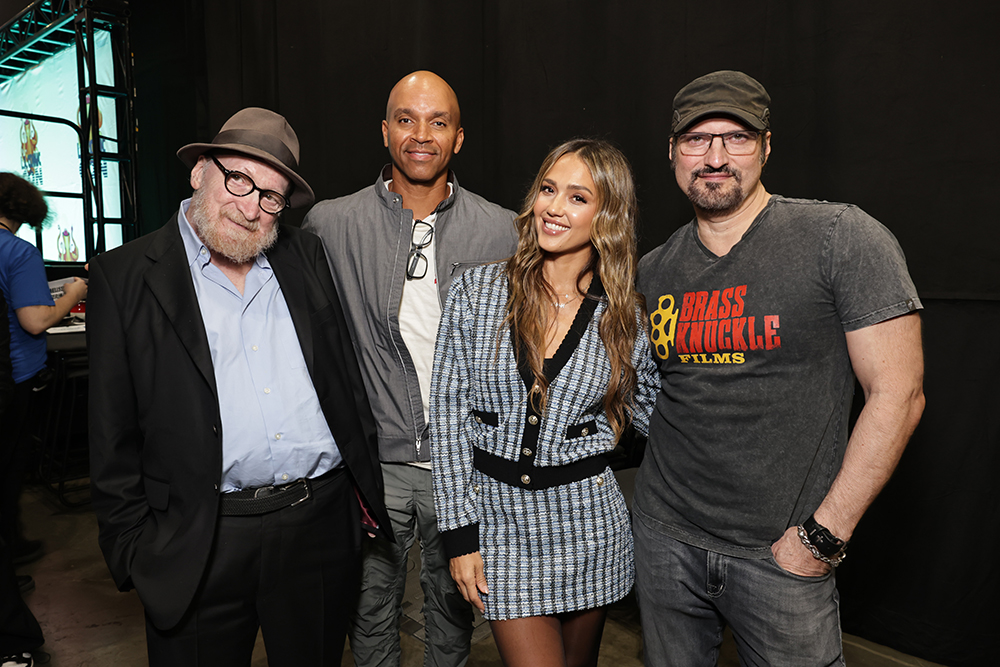
For Robert Rodriguez, whose career has always danced between independent grit and studio spectacle, the project’s promise lies in accessibility and universality. He spoke with the same enthusiasm that fueled El Mariachi or Spy Kids, emphasizing that every visitor will take away a personal narrative from the museum’s collection. “That is the highest kind of art,” he reflected, “because it connects us and it speaks to us… This art is our art.” In a sense, his words carried an echo of the DIY philosophy that made him a household name—art belongs to the people, not just the privileged.
Frank Miller, known for redefining what comics could be with Daredevil, The Dark Knight Returns, and Sin City, reminded the audience that storytelling is a uniquely human impulse. His observation that “we make images and we use them to tell stories” resonated deeply with fans who grew up with his work, and the applause suggested that this merging of comic books, cinema, and narrative illustration into one institution was long overdue. Hearing him in person, one could sense the pride of a creator who spent decades fighting for comics to be recognized as legitimate art, now seeing them elevated into museum walls alongside Norman Rockwell and Frida Kahlo.
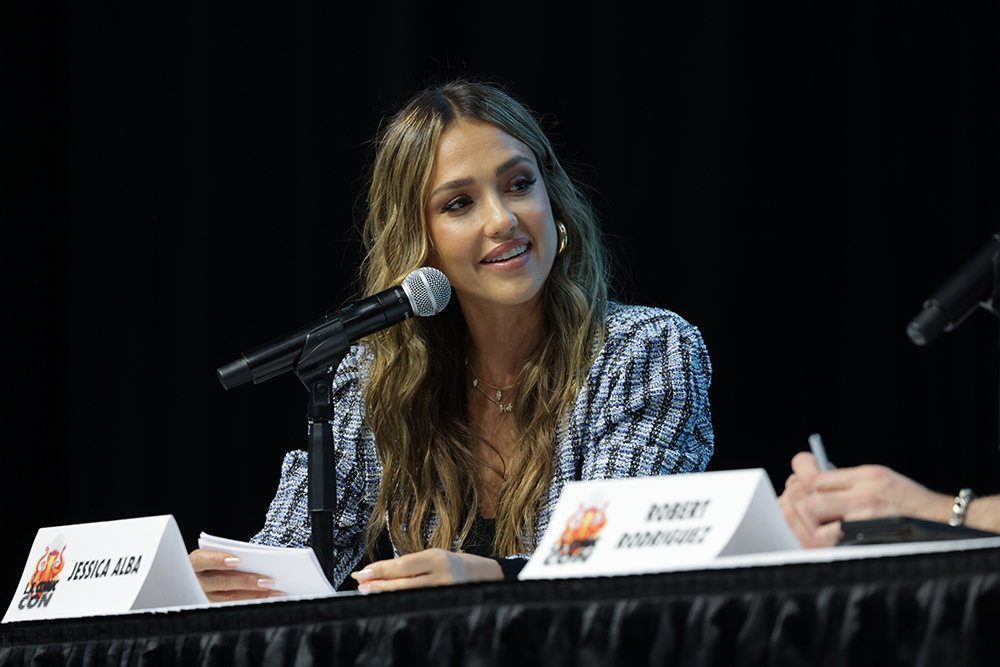
Kadir Nelson, whose richly emotive paintings and illustrated works such as The Undefeated earned him international acclaim, spoke with a quiet gravitas about how narrative art carries collective memory. His covers for The New Yorker have already told stories of America in brushstrokes and color palettes, but here he insisted on the importance of shared stories as building blocks of imagination. “Art is meant to be shared,” he reminded, framing the museum not as a mausoleum of images, but as a living dialogue across generations and cultures. In many ways, his words reflected the ethos of the museum itself: timeless art that remains relevant because it is deeply personal.
Moderating with warmth and an evident sense of admiration, Jessica Alba connected the discussion to her own experiences in film, including her memorable turn in Frank Miller’s Sin City. She stressed that visual storytelling is the connective tissue of human experience, whether through a comic, a film, or a painting. Her enthusiasm for a museum that unapologetically celebrates “popular art” gave the conversation a balance between creator and audience. As she put it, the Lucas Museum will act as a temple not just to fine art, but to the cultural forces—illustrations, comics, cinema—that have shaped collective identity for more than a century.
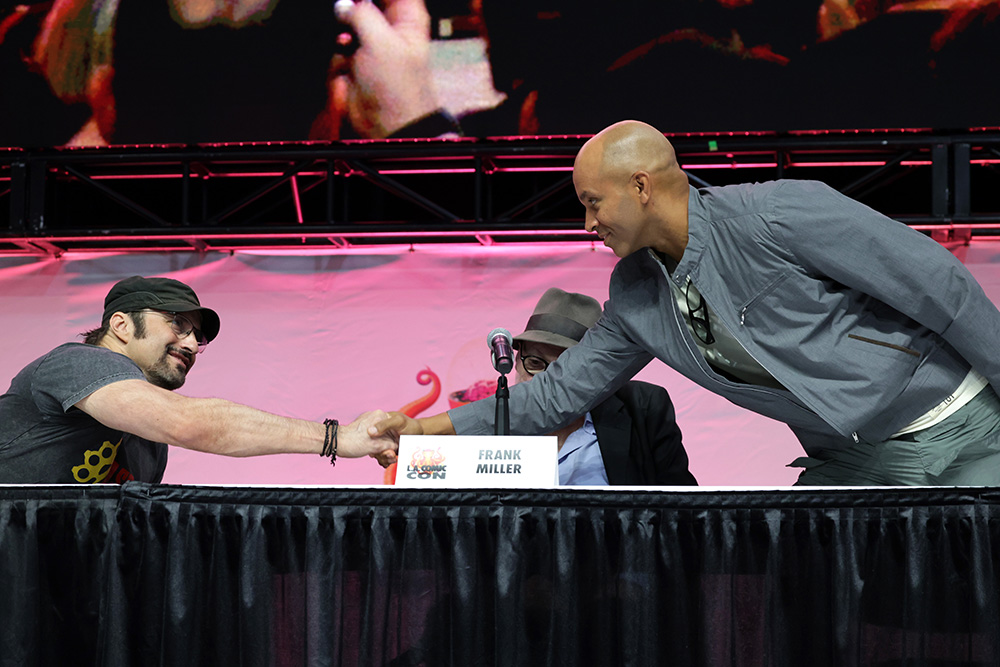
The museum’s collection, already boasting works by Jessie Willcox Smith, N. C. Wyeth, Beatrix Potter, Judy Baca, Maxfield Parrish, and comic icons like Jack Kirby and Winsor McCay, promises to bridge seemingly disparate worlds. Visitors will move from Gordon Parks’s photography to Chris Ware’s comics, from Dorothea Lange’s stark realities to the imaginative fantasy of Frank Frazetta. The Lucas Archive itself, filled with models, props, concept art, and costumes from George Lucas’s films, will undoubtedly be a highlight—a rare chance to see how the machinery of cinema and imagination come together.
For fans at Los Angeles Comic-Con, the panel wasn’t just an announcement—it felt like a promise. A promise that the art many grew up loving will no longer sit in the margins, dismissed as “popular” or “commercial,” but will instead receive the recognition it has long deserved. One could sense it in the excitement that rippled through the room, in the knowing nods when Frank Miller spoke of childhood coloring books as being on the same continuum as cinema, or in the applause when Robert Rodriguez claimed ownership of art as belonging to all of us. The Lucas Museum of Narrative Art isn’t just another cultural institution—it’s a statement that imagination is our shared legacy.
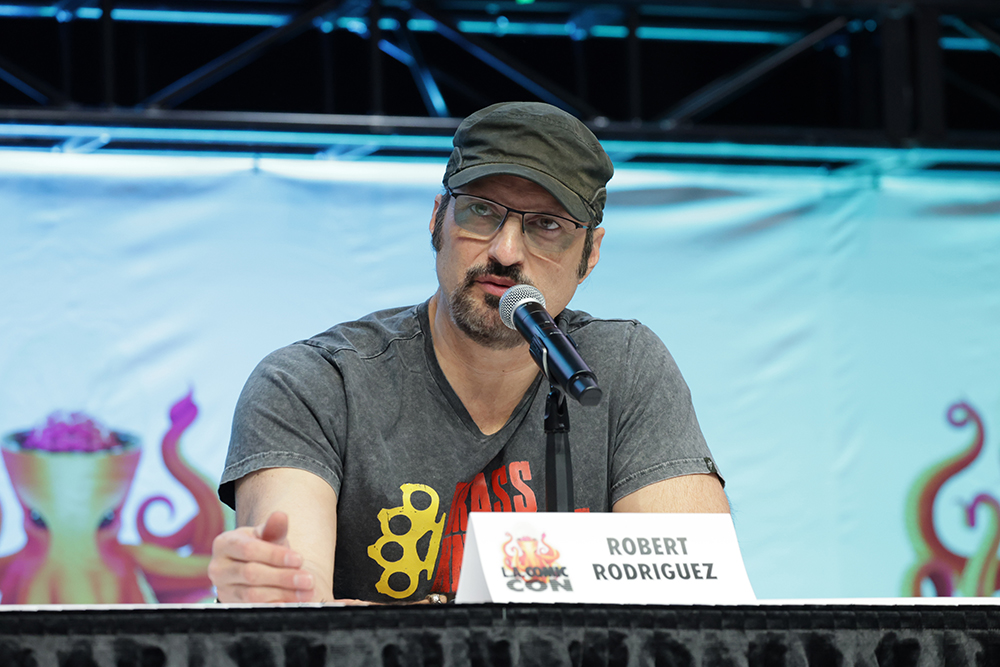
(Source : press release)

